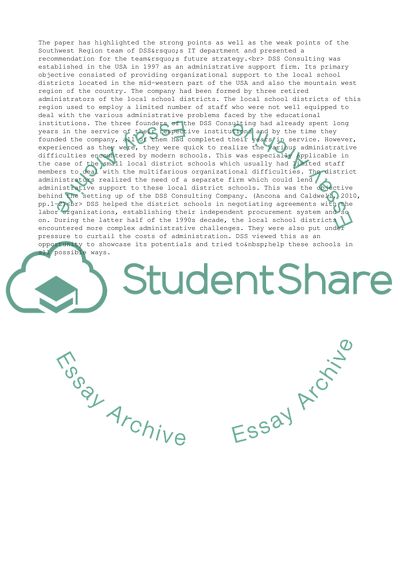Cite this document
(Organizational Behavior and Human esources Management of DSS Case Study, n.d.)
Organizational Behavior and Human esources Management of DSS Case Study. Retrieved from https://studentshare.org/management/1587416-ob-and-hrm
Organizational Behavior and Human esources Management of DSS Case Study. Retrieved from https://studentshare.org/management/1587416-ob-and-hrm
(Organizational Behavior and Human Esources Management of DSS Case Study)
Organizational Behavior and Human Esources Management of DSS Case Study. https://studentshare.org/management/1587416-ob-and-hrm.
Organizational Behavior and Human Esources Management of DSS Case Study. https://studentshare.org/management/1587416-ob-and-hrm.
“Organizational Behavior and Human Esources Management of DSS Case Study”, n.d. https://studentshare.org/management/1587416-ob-and-hrm.


